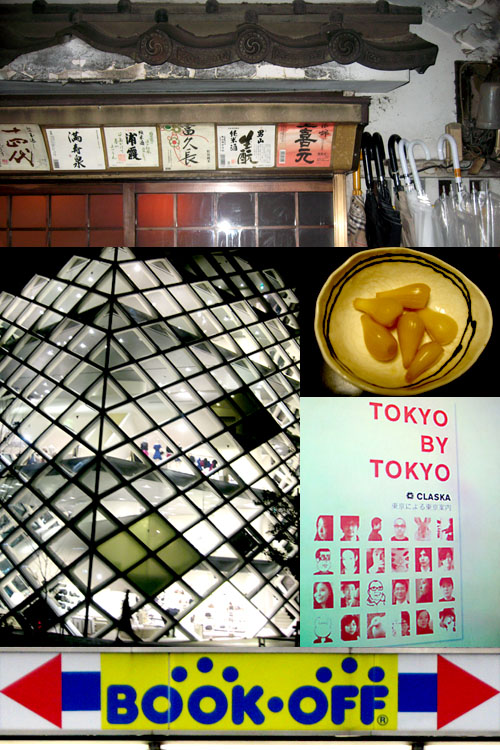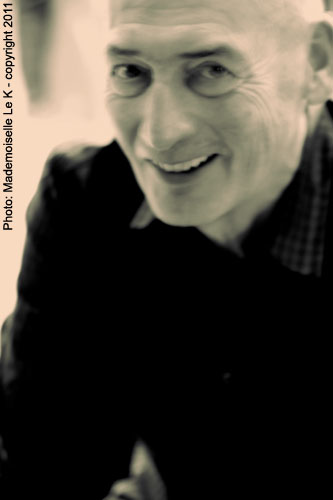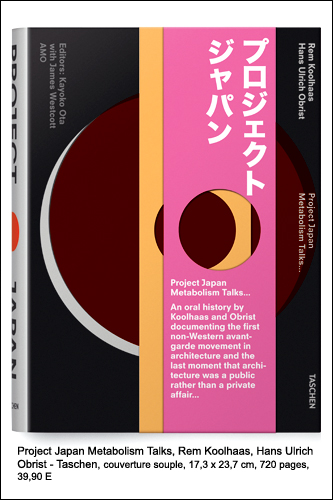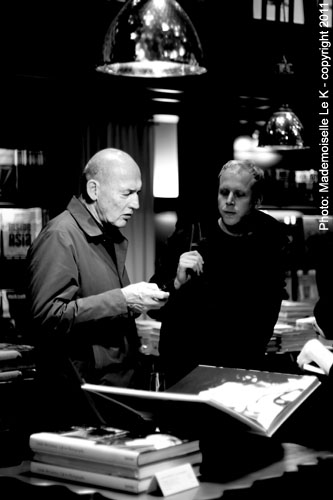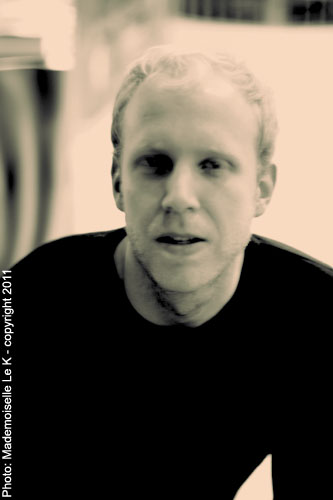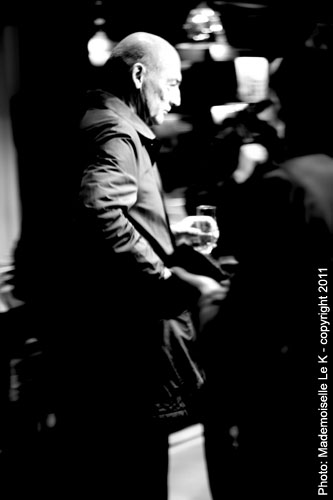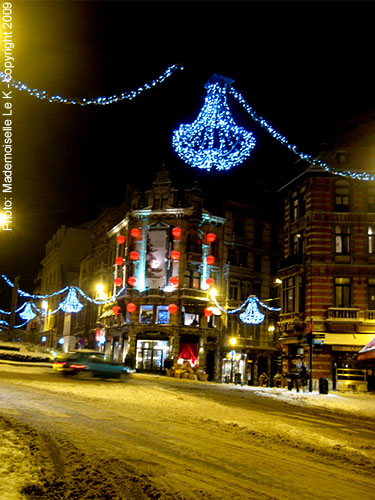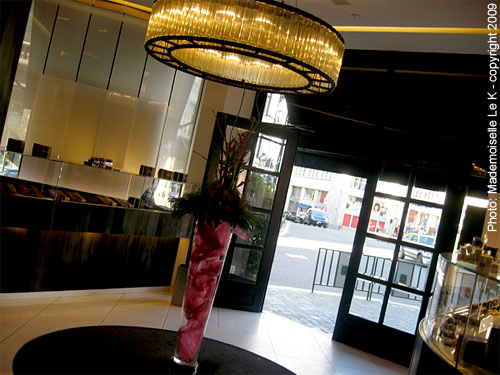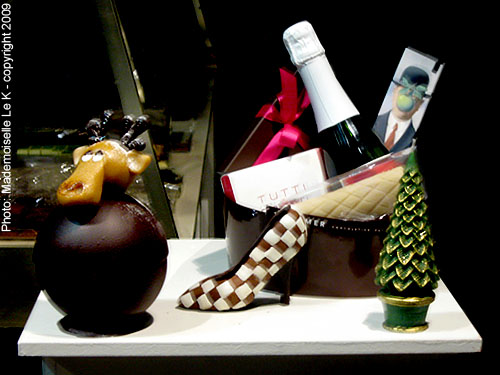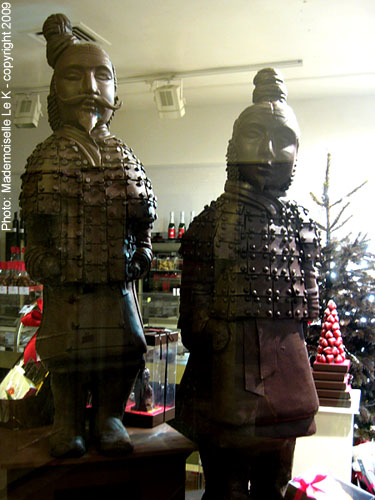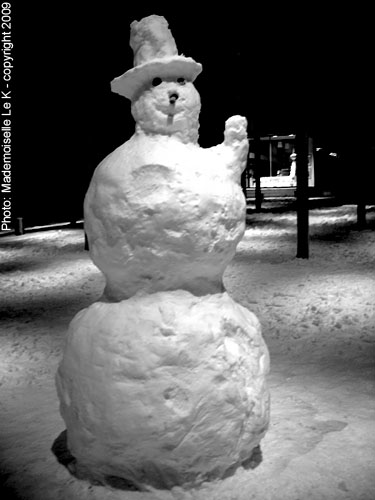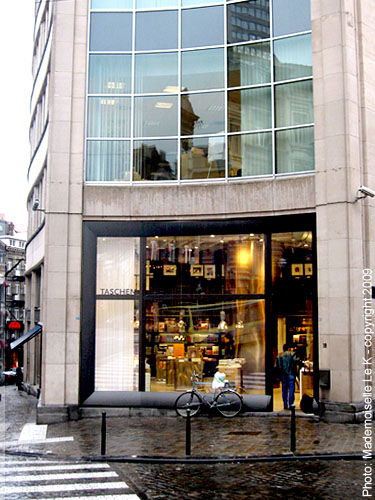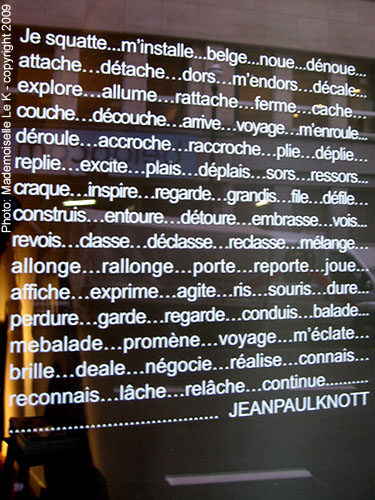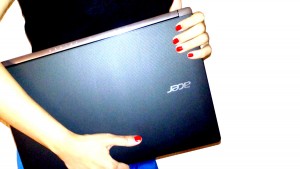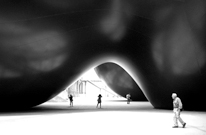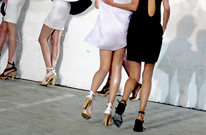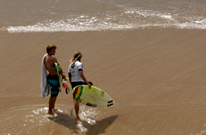TOKYO CITY GUIDE : FOOD / SHOPPING / CULTURE
You asked me addresses of a local: here are some hot spots recommended by Dan Ushikubo. Who’s Dan?
Few years ago, he was the originator of the “Tokyo by Tokyo” city guide edited by Claska (the design hotel): “I started asking fifteen friends about their hot spots. The city is too large, with too many people”. It wasn’t another city guide. Dan’s been a High Tech Consultant at Sony and wanted to bring some geek flav. The result was fun and really useful in a city where before moving, you often check the adress on Goole Maps. Even the Tokyo native do it!
Dan’s fav for few days in Tokyo:
1.Check out Book Off, an old second hand bookshops with a polisher to clean books: “really Japanese”!
2. A museum: Japan Folk Craft Museum. Plus a gallery: “NADiff, near Shibuya: an art gallery and bookshop”.
3. Shopping in Aoyama. Course! The hypest fashion area with amazing shops like the Prada‘s building (on the picture above).
4. Dinner in Omoide Alley, an alley with yakitori (grilled chicken) in Shinjuku: 1 Nishi Shinjuku, Shinjuku-ku, 160-0023. Near train stations: JR / Tokyo Subway / Odakyu Line / Keio Line Shinjuku Station west exit.
5. “I also recommend you a very small alley near the main exit of the JR Shibuya station, where salary men drink sake and have dinner after work. Less famous, but very local” (pictures above). I had a dinner in a tiny restaurant there: great experience!
Domo arigato gosaimasu Dan!
Photos : Mademoiselle Le K – copyright 2014, tous droits réservés.
Related posts :
Japan: Learning Japanese in Tokyo Subway

